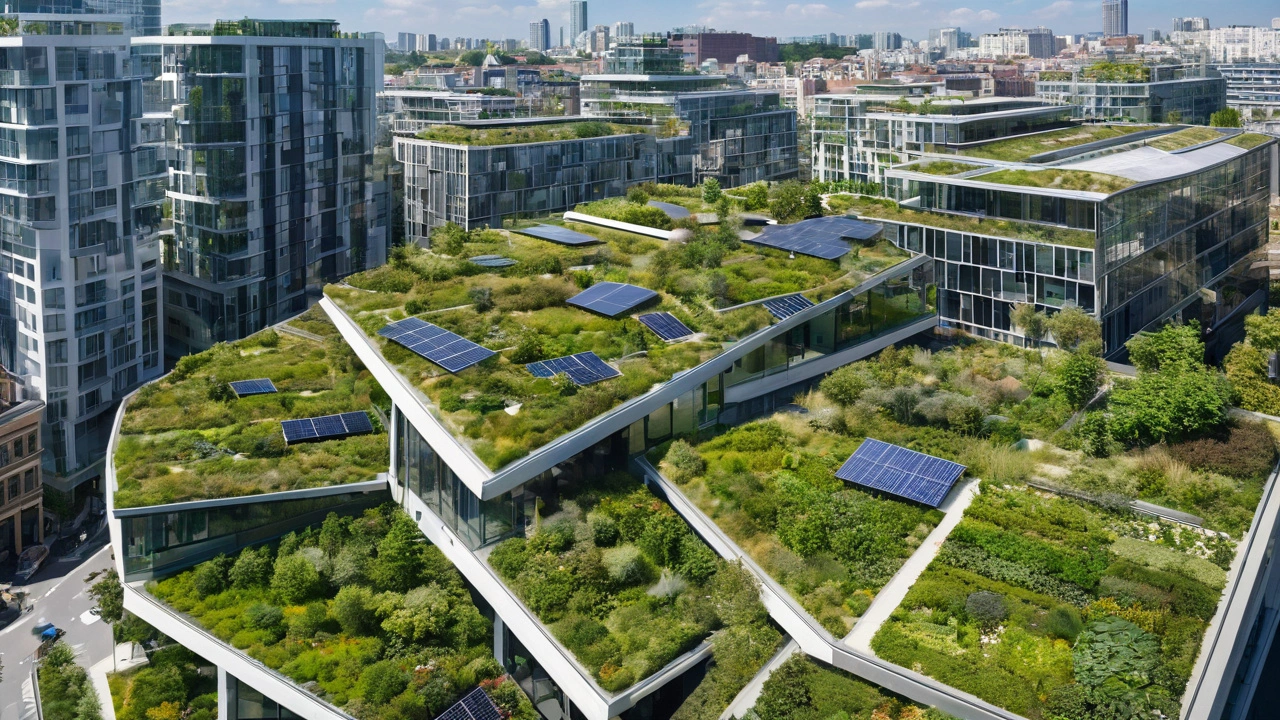Energy-efficient construction: Practical strategies for greener buildings
Want a building that costs less to run and stays comfortable year round? Energy-efficient construction cuts utility bills, boosts resale value, and reduces carbon emissions. This page gives clear, usable steps you can apply whether you’re building new, renovating, or retrofitting.
Start with the shell. Insulation, airtightness, and high-performance windows are the biggest wins. Insulation should match local climate needs—more in cold zones, targeted in mild climates. Seal gaps around windows, doors, and penetrations to prevent heat loss and drafts. Choose double or triple glazed windows with low-emissivity coatings for better year round performance.
Orient the building and size windows to use natural light and passive heat gain. South facing glazing helps in cold climates when paired with shading for summer. Use overhangs, louvers, or deciduous trees to block high summer sun while keeping winter light. Daylighting reduces electric lighting loads and improves occupant comfort.
Efficient systems and renewable sources
Pick heating, cooling, and ventilation systems that match the building size and use. Heat pumps now outperform legacy systems in many climates and also provide cooling. Use energy recovery ventilators to reclaim heat from exhaust air and keep fresh air without big losses. Consider on site renewables like solar panels to cut grid dependence—pair them with efficient appliances to maximize benefit.
Materials, construction methods, and smart controls
Use durable, low-embodied-energy materials when possible. Engineered timber, recycled steel, and low-carbon concrete mixes can lower upfront emissions. Build tight but ventilate well; mechanical ventilation keeps indoor air healthy. Smart thermostats, zoning, and occupancy sensors reduce wasted energy by adapting to real use. Metering and submetering show where energy goes so you can fix problems fast.
Think lifecycle costs, not just upfront price. Higher quality envelope and efficient equipment often pay back through lower bills and maintenance. Incentives, rebates, and green financing can shorten payback periods—check local programs before you start.
Certification programs like Passive House, LEED, and ENERGY STAR give clear targets and verify results. Passive House pushes for very low energy demand through rigorous insulation and airtightness. LEED rewards broader sustainability practices including water use and materials. ENERGY STAR focuses on energy performance for homes and appliances.
Start small if you need to. Simple steps like improving insulation, sealing leaks, upgrading to efficient appliances, and adding programmable controls offer big returns. For larger projects, integrate energy goals into early design decisions so systems work together instead of fighting each other.
Want help? Hire a designer or contractor with proven energy projects. They’ll run energy models, suggest cost effective measures, and guide permitting and incentives. Energy-efficient construction is practical and measurable—pick a few strategies, track results, and improve as you go.
Small investments add up: a better thermostat, LED lighting, and better insulation can lower bills within a year. Track results with simple meters or your utility app. Reinvest savings into bigger upgrades like a heat pump or solar battery, and you’ll speed up payback and make the building truly resilient. Start today and save.

Sustainable Architecture: Embracing Eco-Friendly Building Designs
Discover the new era of sustainable architecture, focusing on eco-friendly designs that aim to reduce environmental impact. Learn about the principles, benefits, and innovative techniques currently shaping the future of green buildings. Explore practical tips for incorporating sustainability into modern architectural projects.
Read more